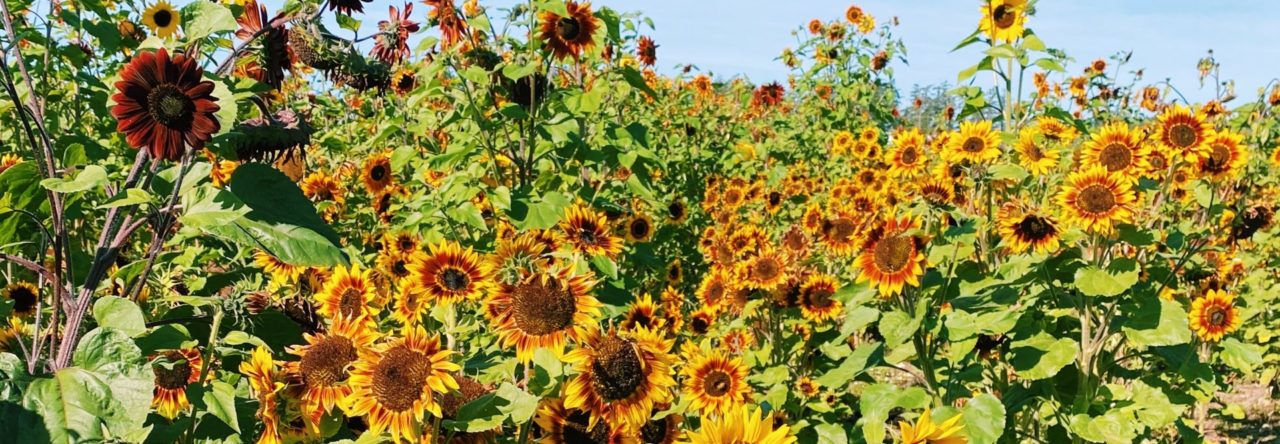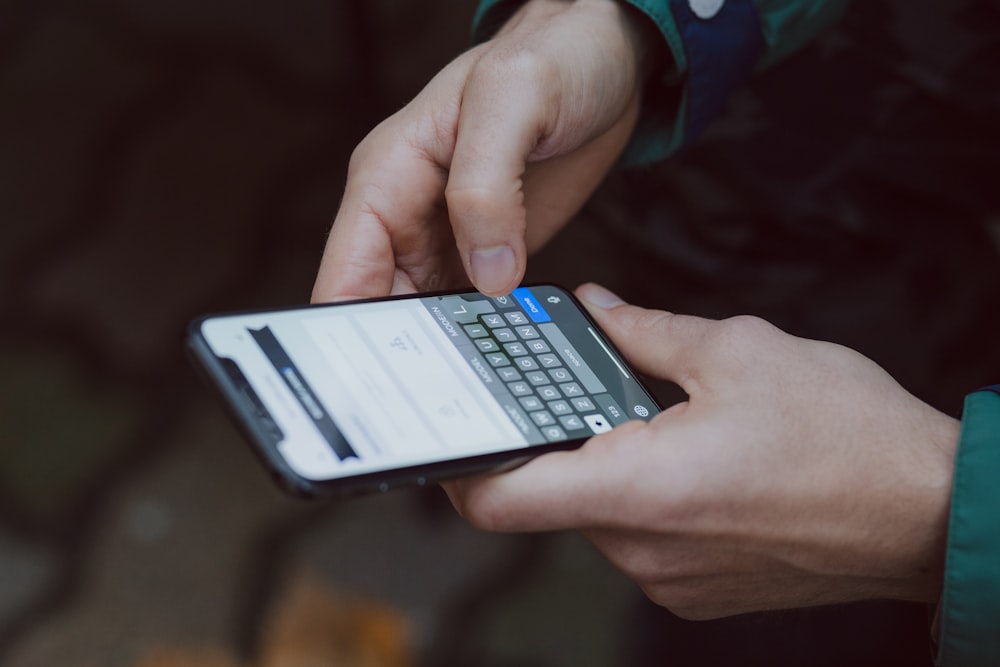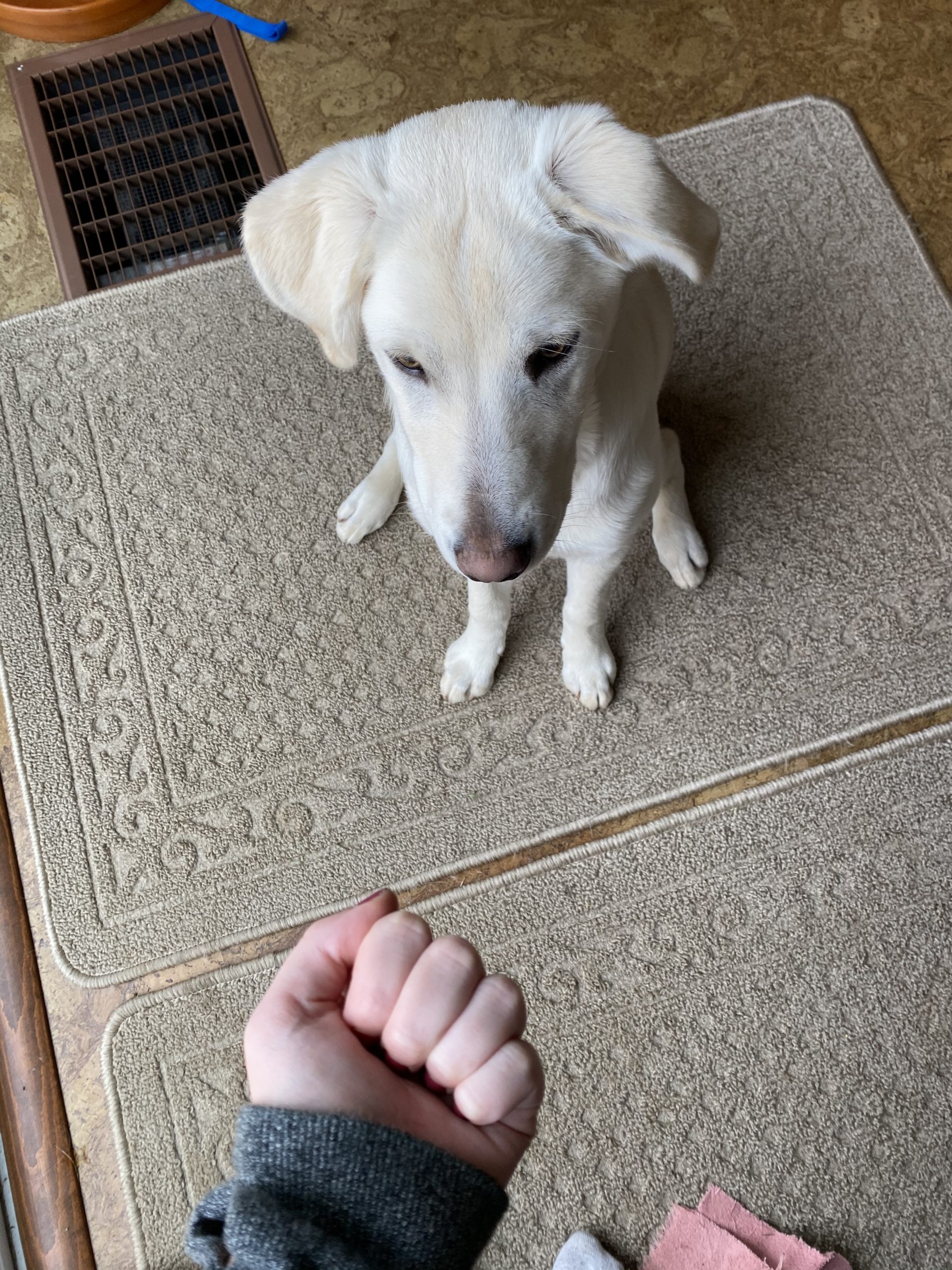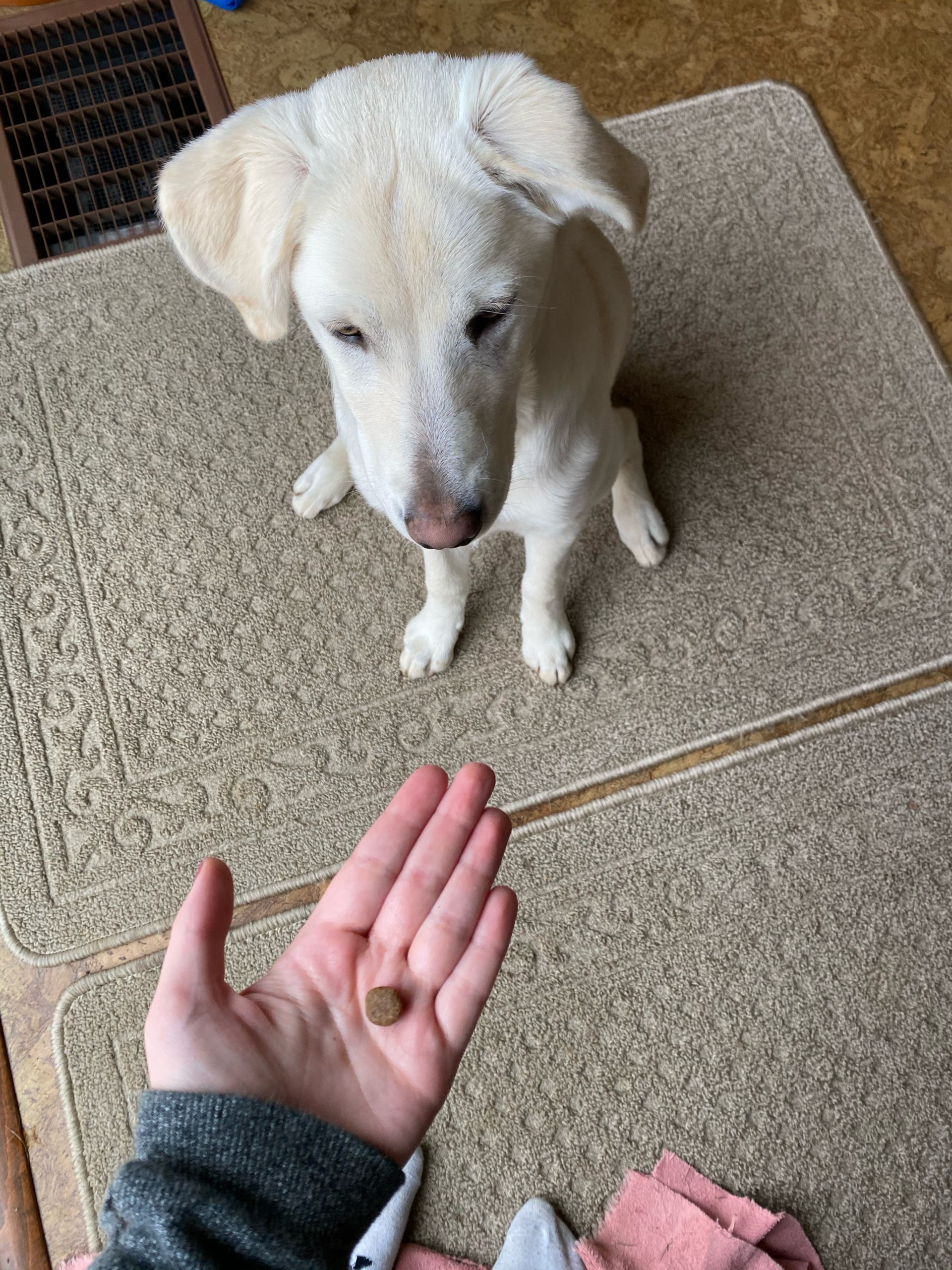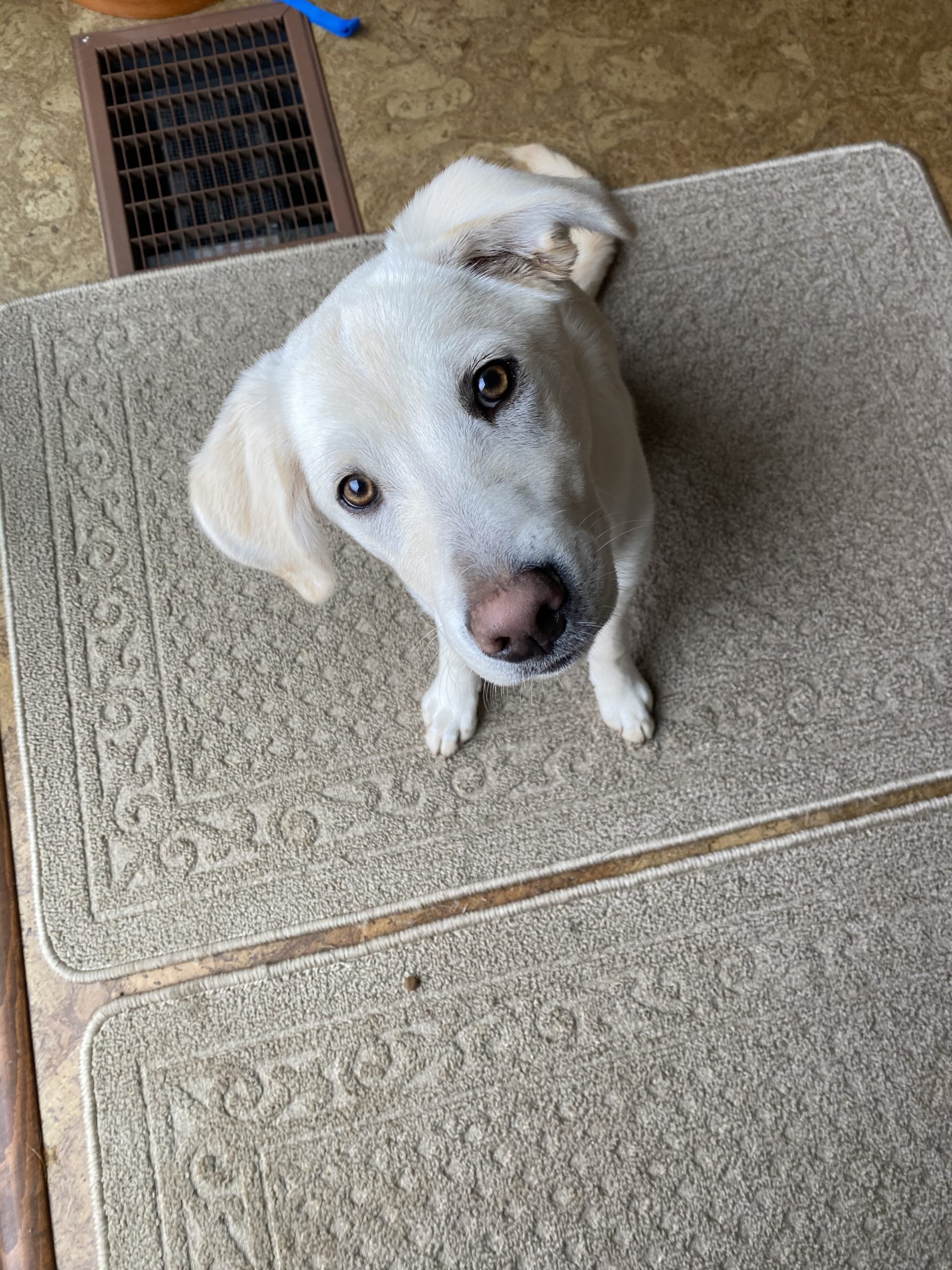
In today’s class, we experienced a dialogue circle for the first time for many of us.
Dialogue circles can be used in classrooms with everyone sitting in a circle facing each other. Today, we did it over zoom and it still worked very well. In most cases, there is some sort of a talking stick that goes around person to person, which lets everyone know who has the floor to talk. For us, we just had everyone else muted while the main person was speaking. The purpose of dialogue circles is to facilitate open and and direct communication in a safe place.
For our class, we used it as a way to check in on a scale from 1-5 of how we were feeling and to share any thoughts we had in general, and about our 336 class. There was no pressure to self-report which was nice and calming. I was initially planning on sharing my feelings with my classmates, however, as more and more people went, I felt as though I shouldn’t. This is because a lot of people said they were feeling like a 2 and were very overwhelmed with the amount of work we have. For me personally, I feel very close to a 5 right now, and I have pretty much felt this way the entire semester. I have managed to stay on top of all my assignments and due dates that go along with them. I can understand where people are coming from because it is a lot of work, but I just don’t feel overwhelmed with it like most others. This is why I didn’t feel comfortable sharing since I didn’t want to make others feel bad about where they were.
I did really enjoy the concept of dialogue circles and hearing about how everyone was feeling. It definitely brought the class together with people realizing they aren’t alone in how they’re feeling.
Since the class, I have been trying to brainstorm of ways I can incorporate dialogue circles into my future physical and health education classes.
Photo by Ben Douchac on Unsplash.com
